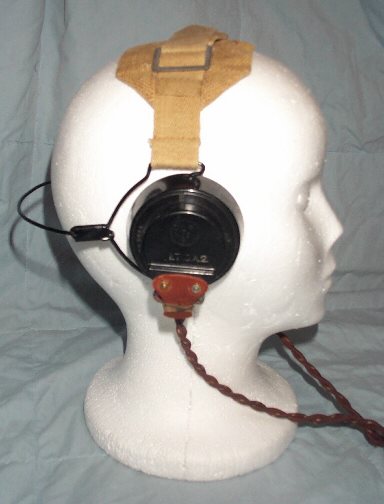bbsm
New Head-Fier
- Joined
- Aug 1, 2004
- Posts
- 3
- Likes
- 0
Which brand of headphone is a military headphone?
Someone said military headphone better than audiophile headphone such as Stax omega
Is it true?
Where can buy military headphone?
Someone said military headphone better than audiophile headphone such as Stax omega
Is it true?
Where can buy military headphone?




